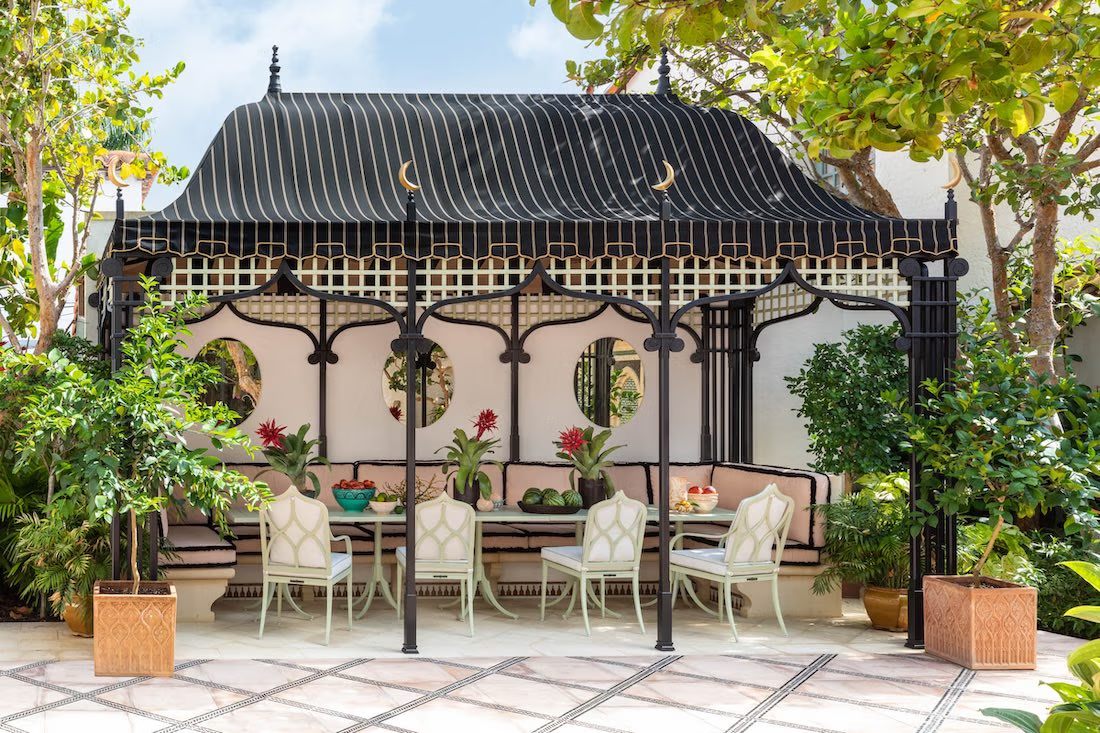St. Augustine, Florida
March 25 and 26, 2025
The Traditional Building Conference Series delivers focused, relevant education for architects, contractors, craftspeople, designers, building owners and facilities managers in a time-efficient format.
Join your professional peers, collaborators, clients, suppliers, and friends in historic St. Augustine, Florida, for two days of AIA CEU education, architectural tours, and networking at the renowned Moorish Revival Casa Monica Hotel.
St. Augustine is the oldest continuously inhabited city in the continental U.S. with 500 years of architectural history.
“We shape our buildings and afterward our buildings shape us.” – Winston Churchill
The purpose of this class is to impart the critical methodology and vocabulary necessary to understand and manipulate proportional systems in architectural design. It examines the numerous and often contradictory systems of proportion put forth through the ages from antiquity to contemporary times. Particular attention is given to the geometrical proportioning systems used in antiquity and found in the tradition of Gothic architecture, in contrast to the arithmetic systems of proportion used during the Renaissance. The intention is to give contemporary architects and designers a practical “working knowledge” of a subject that has been of central concern to architects working in many varied epochs.
At the core of Sammons’ practice is his architectural proportion theory, which has profoundly impacted the field. His courses at the Institute of Classical Architecture & Art have become legendary among students and professionals seeking to understand the nuances of proportion in design.
Richard Sammons co-authored book, “Get Your House Right: Architectural Elements to Use & Avoid,” has become a go-to resource for architects and homeowners alike. In it, Sammons distills complex proportioning principles into practical advice, making classical design accessible to a broader audience.
What you will learn
At the end of the course, participants will be able to:
1) Analyze classical compositions across time, regions, and cultures, with the appropriate methodologies, and recognize specific spatial requirements and their effect on the integration, harmony, and unity of communities.
2) Learn the canons of composition and how humans interact with others, both socially and spatially, and analyze dimensions of public, social, and personal scale.
3) To manipulate geometric scales and gain a working knowledge of geometric proportional systems that will enhance designers’ observations about humans’ use of space.
4) Gain an ‘eye’ for good conformation (the shape or structure of something) and understand the anatomy of the geometric forms.



